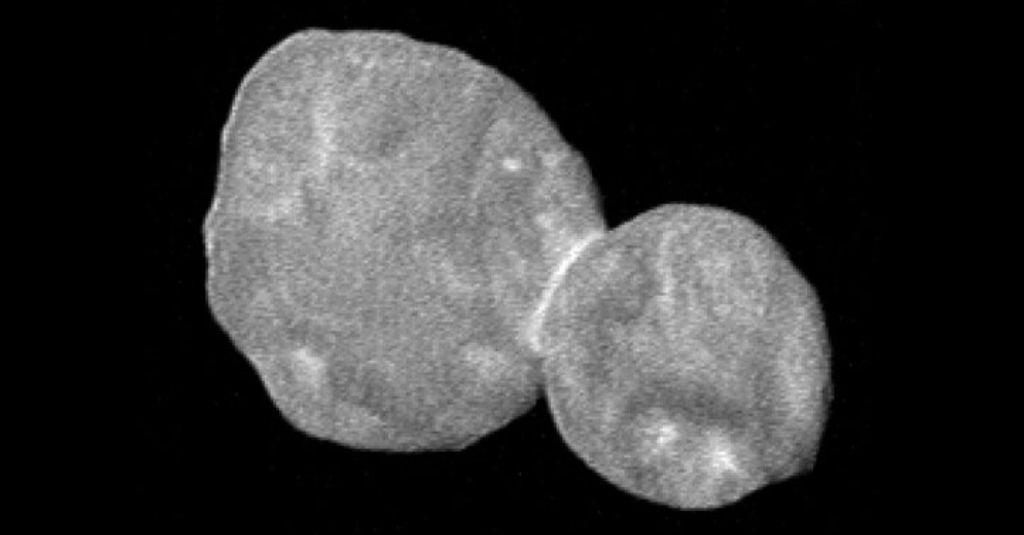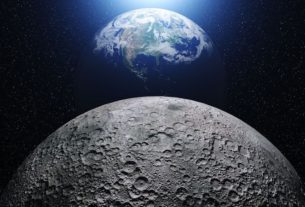The start of 2019 for the American Space Agency NASA is a great one. On Thursday, NASA reported that one of its spacecraft has sent a picture of asteroids floating 400 million miles away from the sun. This asteroid has been named ‘Ultima Thule’. It is a Greek-Latin word, which means ‘a place where no one has arrived.’ According to NASA scientists, ‘Ultima Thule’ looks like a big snowman. Snowman is made from ice, the human shape is called.
Which aircraft sent ‘Ultima Thule’ photo
NASA began a mission called “New Horizons” in 2006 to investigate the space. Under this, a spacecraft was sent in space, which was meant to pass through the planets of millions of miles away from Earth and collect their information. When aiming at the launch in 2006, it was intended to study Pluto’s last planet in the solar system. Pluto is called Yum in Hindi, which was ejected from the list of 9 planets in 2006. NASA’s Spacecraft approached Pluto in 2015, after which its next goal was to study the elements around Pluto and the elements. On Tuesday, this spacecraft passed by ‘Ultima Thule’.
When was the first time seen
For the first time, ‘Ultima Thule’ was seen by astronomers through a telescope in 2014. Now, with its new horizons’ spacecraft, its current photographs are revealed. After these pictures, it is estimated that it is the oldest and the oldest element in space, which has so far been able to reserve any spacecraft. Scientists had a blurred picture before watching Spacecraft’s ‘Ultima Thule’, in which it looked like a peanut.
How was ‘Ultima Thule’ made?
NASA has tried to explain through a picture how the ‘Ultima Thule’ was made. According to the scientists, the first few small elements came closer to the cause of gravity and joined each other. After having two big pieces in the end, they came near each other and got stuck in each other. From this, make ‘Ultima Thule’.
The special things of ‘Ultima Thule’
According to NASA, its length is 21 miles (33 km), and it completes the orbital journey in 298 years. It completes your journey in 15 hours. It looks bright due to snow has frozen on the surface. The sun’s rays fall on the Earth as much as 1600 times less than ‘Ultima Thule’.
What the scientists are saying about this
NASA’s lead investigator Allen Stern said that the latest picture was drawn from a distance of 27,000 km and 140 meters per pixel. According to another scientist, Karly Howett, despite the glow of snow, she is convinced that ‘Ultima Thule’ is of red color. Scientists are assuming an unprecedented finding of its picture.
With input from AFP




